For many people, the ketogenic diet seems to be a manageable change in the eating style that can help them look and feel better. How hard can a diet be, if you are allowed to eat butter, cheese, bacon and as much avocado as your heart desires?!
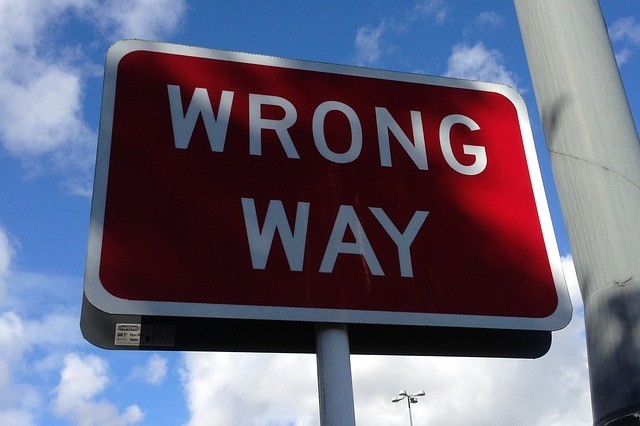
This post discusses the top 10 most common mistakes people make when doing the keto diet. Read on to learn what NOT to do, to start off on the right foot.
1. It’s not just about eating fat!
When most people think “keto diet”, they think about fat. For those who are new to the keto diet, it is essentially a high-fat, low-carb diet that puts the body in a state called ketosis, where your body can use fat, instead of carbohydrates, as fuel.
But that’s not all… because, sure, you can eat more fat, but the type of fat is important!
We really are what we eat, and if the animals that provide us with dietary fat eat bad food, then that fat is also of poor quality. One should really only eat free-range animal products because they have a higher nutrient content, which is also free of additional hormones and other toxins that can lead to diseases and other metabolic disorders.
2. You eat too much protein.
Yep, you read that right. The keto diet will definitely satisfy the meat-lovers out there with keto-friendly meats such as bacon, burgers, steak, sausage, pork tenderloin… but too much could be a bad thing.
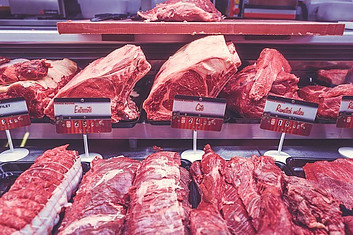 Contrary to popular belief, a ketogenic diet isn’t a high-protein diet. Protein should only make up about 15-30% of your daily calories. Otherwise, ketosis may stop. Too much protein actually interferes with ketosis, and people who focus too much on protein may never reach that ketosis state.
Contrary to popular belief, a ketogenic diet isn’t a high-protein diet. Protein should only make up about 15-30% of your daily calories. Otherwise, ketosis may stop. Too much protein actually interferes with ketosis, and people who focus too much on protein may never reach that ketosis state.
Remember, the keto diet is mostly fat, low to moderate protein, and almost no carbohydrates.
Tip: Try to use that as a rule of thumb when planning your meals–high fat, moderate protein, no (very low) carbs.
3. You eat too many calories.
In the first few weeks of the keto diet, it’s not unusual that you may lose several pounds quickly, which is actually a nice motivation boost and an incentive to continue. However, you will soon find out that when you are not in ketosis, that may come to a stop.
For some people, weight loss can come to a complete stop, maybe the original weight returns. If this happens, it is important to watch your carbohydrate intake and calorie intake.
If you eat more than your body needs, you will gain weight. This is even true on the ketogenic diet. One of the most common made mistakes in the keto diet is that people think that if they are on keto, all the fat will simply melt away. Though, this actually could happen — but not if your calorie intake is always too high! And that’s where it becomes a mistake for many people on the keto diet.
Tip: Keto-Beginners who are experiencing this transition phase may give up and think it’s no longer working. The best thing to do is stick with it, wait, and see. Track your food intake carefully, weigh and measure portion sizes. It’s very important, with fruit, for example, to pay attention to the right portions.
4. You eat too few calories.
Yep, you read that right. Seems to be a bit of a contradiction, huh? Just as eating over the calorie limit may be a problem, eating too few calories may also not be too good.
The keto diet is great for eliminating blood disorders and the associated sugar cravings. Once used to the keto diet, many people simply stop being hungry. In fact, intermittent fasting is popular with ketogenic dieters. It is believed that this prolonged period without food promotes increased fat burning.
We need on average about 2000 calories a day… but that is just for your daily basic energy usage. If you want to lose weight, then you need to have less calories–about 200 less than your total daily energy expenditure.
Tip: Though they say you don’t have to count your calories on the keto diet, for best results, you probably should. Just quickly calculate your calorie requirements and keep it in mind when you are planning your next meals and snacks throughout the day.
5. You’re simply not prepared.
The keto diet is most likely different from any other diet you’ve already tried. Because of that, without helpful plans, strategies, and ideas, it can be difficult to make apart of daily life.
It’s a bit more than removing breads and pastas. It requires you to plan and track exactly how many carbohydrates you eat. Don’t make the mistake of starting without planning, it requires effort and work – more than other diets.
Tip: The preparation of meals is crucial for achieving ketosis because the macros are so specific. Before you start the preparation, you should check the hidden dangers of a ketogenic diet.
6. You stop when you get the “Keto-Flu”.
So, a few days after starting the keto diet, many people experience some flu-like symptoms, such as fatigue, brain fog, headaches, and mood swings. That’s the Keto-Flu. These side effects are the result of the body learning to switch from burning glucose to ketosis as its primary source of energy.
Tip: Try to keep in mind that it is over quickly. Just like a smoker or drinker who is recovering and struggling with withdrawal symptoms, someone who starts a low-carbohydrate or ketogenic diet must survive the symptoms of carbohydrate withdrawal.
7. No Cheating!
Consistency is important. Especially if you want to see the full benefits of the ketogenic diet. That means no “cheat meals”. I know, I know. It’s just that every time you eat a lot of carbs, you get out of ketosis, and you have to start all over again.
Avoiding carbs requires effort, sacrifice, and, in many cases, a compromise in ones social matters. Without very strong motivation, or some medical need, it can be extremely difficult for a person to commit to a long-term ketogenic diet.
8. You are not properly balancing your macro nutrients.
Many keto-dieters are consuming only high-fat animal products and do not put any priority on eating leafy, green vegetables, and other nutritious vegetarian foods. If you’re only eating steaks and chicken, you are missing out on some important nutrients and fiber.
Tip: Good planning is key here. You are not only looking at carbohydrate intake here. You need to pay attention to calories and fat as well. Additionally, you need to make sure you get all the nutrients and vitamins you need. A varied diet is also important in the ketogenic diet. Set daily goals for each and achieve them. It is also important that your diet is varied in the Keto diet.
9. Don’t forget fruits and veggies!
Many folks are under the impression that you can’t eat fruits or vegetables in the keto diets. That’s one of the biggest mistakes in the keto diet. You should eat fruits and vegetables no matter what diet you are in.
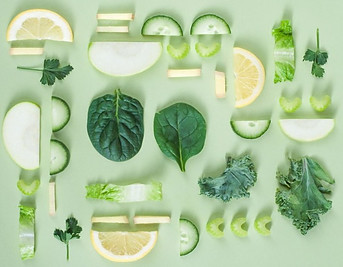 There are quite a few keto-friendly vegetables, such as:
There are quite a few keto-friendly vegetables, such as:
- cauliflower
- mushrooms
- zucchini
- cucumbers
- and more…
Fruits are a bit more tricky in the keto diet, because of the sugars. However, berries, and other low-carb fruits in portioned amounts are totally fine.
10. Health issues and nutrient deficiencies are a concern.
There are some common health problems that can occur while doing the keto diet. Most can be avoided by some planning though.
The keto diet has a few side effects. Therefore, it’s important that people work with a doctor who has experience with the diet. Some common side effects include constipation, kidney stones, high cholesterol, and vitamin deficiencies, which include zinc, vitamin D, copper, and selenium.
Mineral and electrolyte deficiencies are also a common experience in the early stages of the keto diet. Many people become dehydrated and have an electrolyte deficiency because the body releases large amounts of water due to the restriction of carbohydrates. Sodium, potassium, and magnesium are the 3 big minerals that should be added at this stage.
In a recent study that used a ketogenic meal plan for one year, the researchers saw LDL (bad cholesterol) increase, but it was considered low. On the other hand, they documented a desirable increase in HDL (good cholesterol) and a decrease in triglyceride levels and inflammatory indicators, both of which are risk factors for heart disease.
No proper planning to deal with health issues and nutrient deficiencies are the mistake here. Planning and preparation here can make all the difference.
Bonus: Not enough water.
Water is important for everyone, not just keto-dieters, but it is especially important in the keto diet. Those flu-like symptoms that occur with the diet are largely caused abnormalities in the fluid and electrolyte balance. During the keto diet, you lose extra water, because urine output increases. This means you need to drink more water than you are used to in order to stay hydrated!
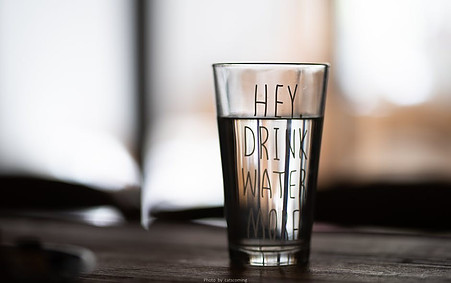
Tip: You should drink at least 8 cups of water a day, about a half of a gallon, about 2 liters. If you are not used to drinking so much water, approach this amount slowly. Drink a little more every day. It helps to have the recommended amount of water readily available so it can be remembered and actually drank throughout the day.
Conclusion
I hope that you can learn from these common made mistakes in the keto diet. If you can avoid these things, you are on the right track to success with the keto diet in the long term, without interruptions, with the right planning.
Do you got any keto diet mistakes to add to the list? Have you made any mistakes like these in the keto diet? Comment below!
Thanks for reading,
Anna
readyforketo.com

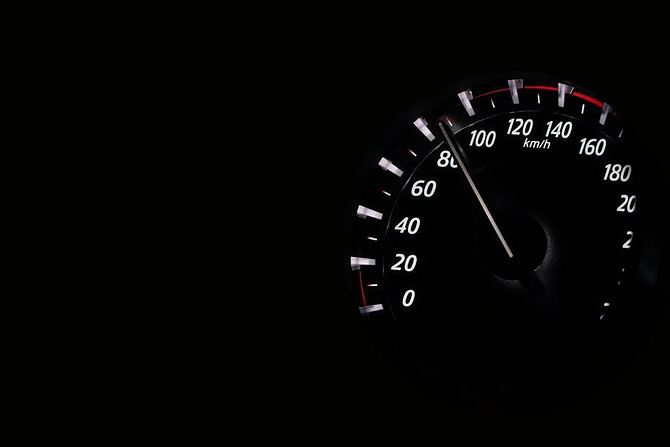
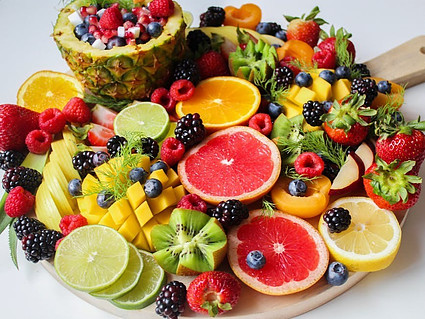

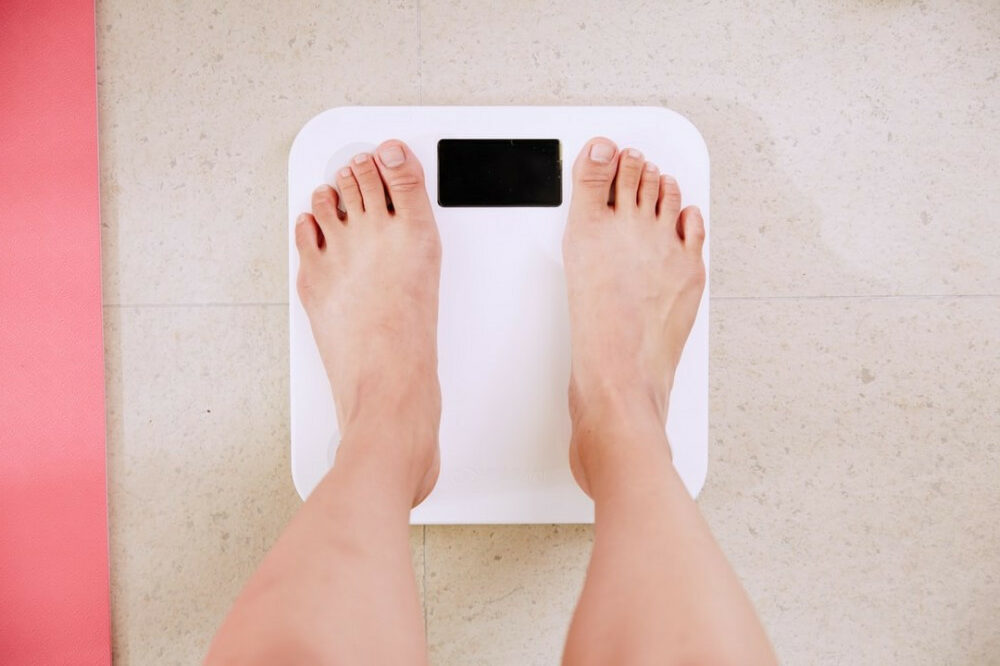
Thank you for the awesome post! I just started doing the Keto diet with my wife about a week ago. She has been doing it for a while. I don’t remember her going through a Keto-flu stage, but I’m glad you pointed this out, because if I had I would have given up, thinking something was wrong! I’ve been looking up more and more about the Keto diet that way I know what I’m doing is safe so this has helped me a lot!